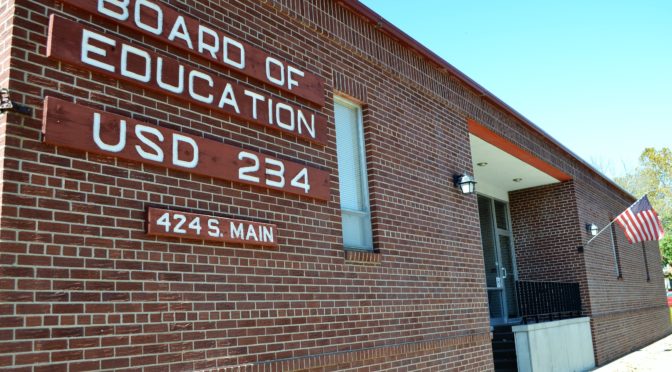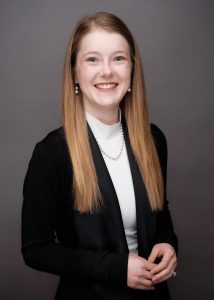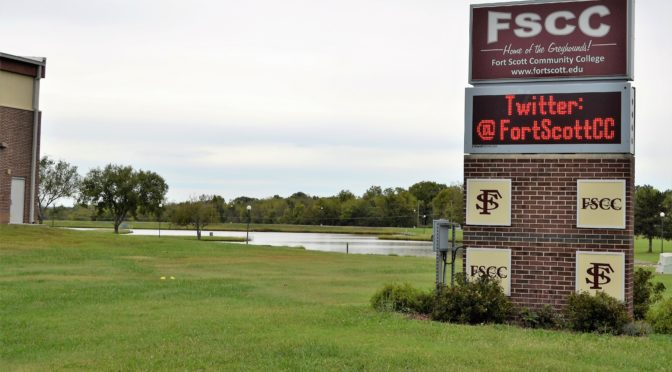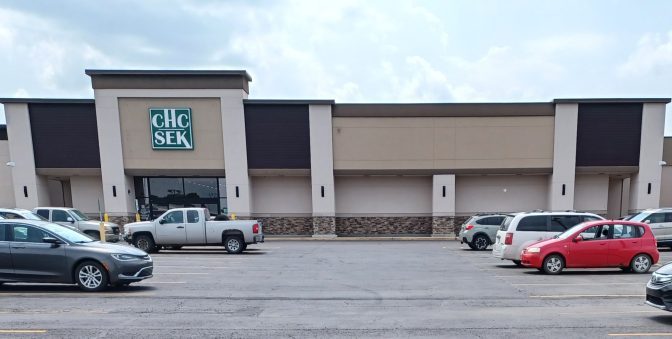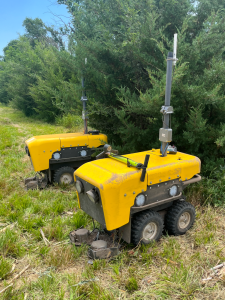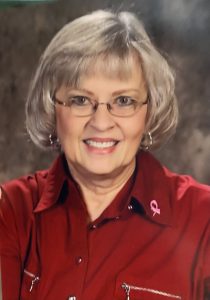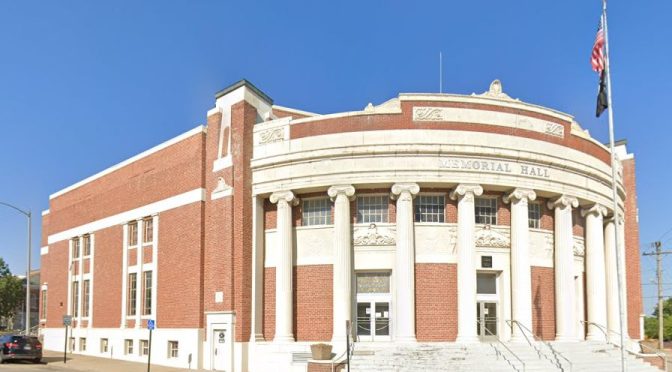FORT SCOTT COMMUNITY COLLEGE
Minutes of the Board of Trustees Meeting
June 19, 2023
PRESENT: John Bartelsmeyer, Dave Elliott, Jim Fewins, Kirk Hart, Bryan Holt, and Robert Nelson
ALSO PRESENT: Alysia Johnston, President, Juley McDaniel, Board Clerk, faculty, staff
Chairman Bartelsmeyer called the meeting to order at 5:30 pm in the meeting rooms of Ellis Fine Arts Center. The
meeting was opened with the Pledge of Allegiance.
COMMENTS FROM THE CHAIR: None.
COMMENTS FROM THE PUBLIC: None.
CONSENT AGENDA: A motion was made by Elliott, seconded by Fewins, and carried by unanimous vote to
approve the consent agenda as amended.
ACTION/DISCUSSION ITEMS:
A. A motion was made by Nelson, seconded by Hart, and carried by unanimous vote to upgrade the Student
Information System to the J1 system and use Deferral Option 1 timeline for the purchase of the upgrade.
B. A motion was made by Fewins, seconded by Elliott, and carried by unanimous vote to approve the quote
for property and liability insurance through KERMP for an annual premium of $288,193.92.
C. A motion was made by Fewins, seconded by Nelson, and carried by unanimous vote to approve the purchase of a new softball scoreboard from Varsity Scoreboard for $12,603.
D. A motion was made by Hart, seconded by Holt, and carried by unanimous vote to approve the annual service contract with Design Mechanical for $19,432.
E. A motion was made by Holt, seconded by Fewins, and carried by unanimous vote to approve the bid from Jarred, Gilmore & Phillips, CPA from Chanute for a total of $28,500 for the College and $8,700 for the Foundation.
F. A motion was made by Nelson, seconded by Elliott, and carried by unanimous vote to approve the 2023-24 meeting dates as presented.
G. A motion was made by Holt, seconded by Elliott, and carried by unanimous vote of 5-0 to approve the
KASB Worker’s Compensation Member Participation Premium Agreement for $41,910. Bartelsmeyer stepped out momentarily and was unavailable for vote.
H. A motion was made by Fewins, seconded by Holt, and carried by unanimous vote to approve the 2023-24 memberships and dues as shown. Julie Eichenberger will provide additional detail about what each item is for and if each membership is required in the future, as well as notify the Board if any of the memberships
from the list are not pursued this year.
I. A motion was made by Elliott, seconded by Holt, and carried by unanimous vote to approve a maximum limit of $20,000 for the purchase of a fleet vehicle with mileage of 60,000 or less.6
J. A motion was made by Fewins, seconded by Elliott, and carried by 5 – 1 vote to approve exceeding revenue
neutral rate if necessary for the 2023-24 budget. Holt voted in opposition.
K. A motion was made by Fewins, seconded by Holt, and carried by unanimous vote to approve the proposal submitted by Limelight for refreshing the main website for $74,950.
L. A motion was made by Elliott, seconded by Fewins, and carried by unanimous vote to approve the quote from CONVERGEONE for the purchase of additional and replacement battery modules for the data center for $14,312.50. Elliott’s motion was with the understanding that the possibility of a generator would be
investigated and pursued if it is a more cost-effective option.
M. A motion was made by Elliott, seconded by Holt, and carried by unanimous vote to approve the annual purchase of CAMP laptops from Lenovo Direct for $25,798.20.
N. A motion was made by Elliott, seconded by Nelson, and carried by unanimous vote to approve the tentative agreement with FSCAPE for 2023-24.
ITEMS FOR REVIEW: The board reviewed items of correspondence.
ADMINISTRATIVE UPDATES: The Board reviewed and heard updates from Student Services, Finance and Operations, IT, Maintenance, Miami County Campus, Athletics, and the President.
EXECUTIVE SESSION – A motion was made by Hart, seconded by Fewins, and carried by unanimous vote to
adjourn to executive session for twenty minutes beginning at 8:05 pm for the purpose of discussing non-elected
personnel as it relates to presidential candidates, with no action expected to follow. At 8:25 pm the Board extended
executive session by 10 minutes and asked Alysia Johnston and Juley McDaniel to join. At 8:35 pm, the Board
extended executive session by 10 minutes.
OPEN SESSION: At 8:46 pm a motion was made by Elliott, seconded by Fewins, and carried by unanimous vote
to return to open session.
ADJOURNMENT: There being no further business to come before the Trustees, a motion to adjourn was made at
8:47 pm by Elliott, seconded by Holt, and carried by unanimous vote.
Chairman Clerk7
